Montevideo is a charming city, distinguished by its quality of life and its entertainment options for those who visit it. Here are some suggestions:
Old City [Ciudad vieja]
It is the historic center of the city where you can find buildings of historical and architectural interest, especially art deco and art nouveau style constructions.
In the area, the main square (Plaza Independencia) and the Puerta de la Ciudadela [Portal of the citadel] stand out. This portal marking the entrance to the walled city but surprisingly, it was not always in the same place. The story is long. Seeking to erase all vestiges of colonial presence towards the end of the 18th century, all vestiges of the original fortification disappeared. But the remains of the portal were carefully dismantled and its stones moved and deposited in a barracks on the outskirts of the city (Morales barracks) with the purpose of their future restoration in some public building. And again in 1959 it was moved to its original place.
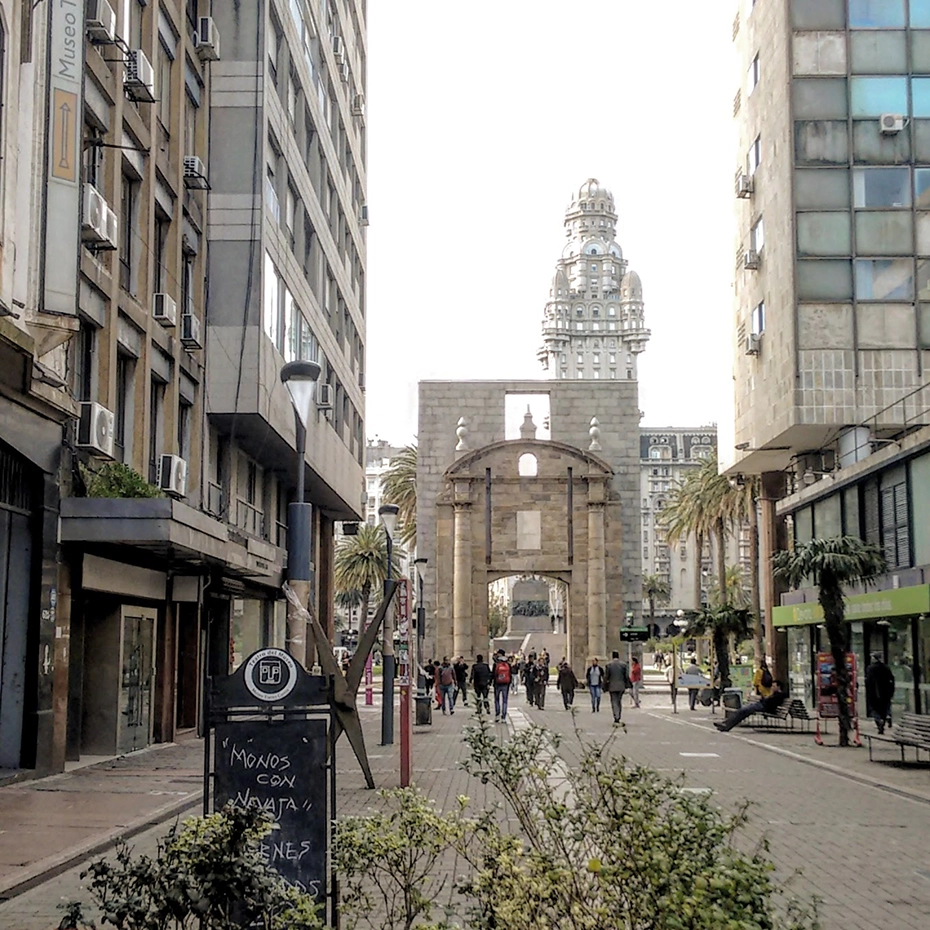
Museum of Decorative Arts
Also in the Old City, the Taranco Palace is located. The building was finish in 1908, designed by the architect Charles Louis Girault, who also designed the Petit Palais in Paris.
The façade is in the French neoclassical style, with Corinthian columns, pediments and ornamental details. It was originally the residence of the Taranco family and later became the headquarters of the country’s Ministry of Foreign Affairs. Currently, it houses the Museum of Decorative Arts.
Now functioning as a museum of decorative arts, the building displays an impressive collection of decorative art, furniture, porcelain, glassware and artistic objects from different periods and styles, with exquisitely decorated rooms and rooms, which preserve the original furniture and art pieces. of the time.
.
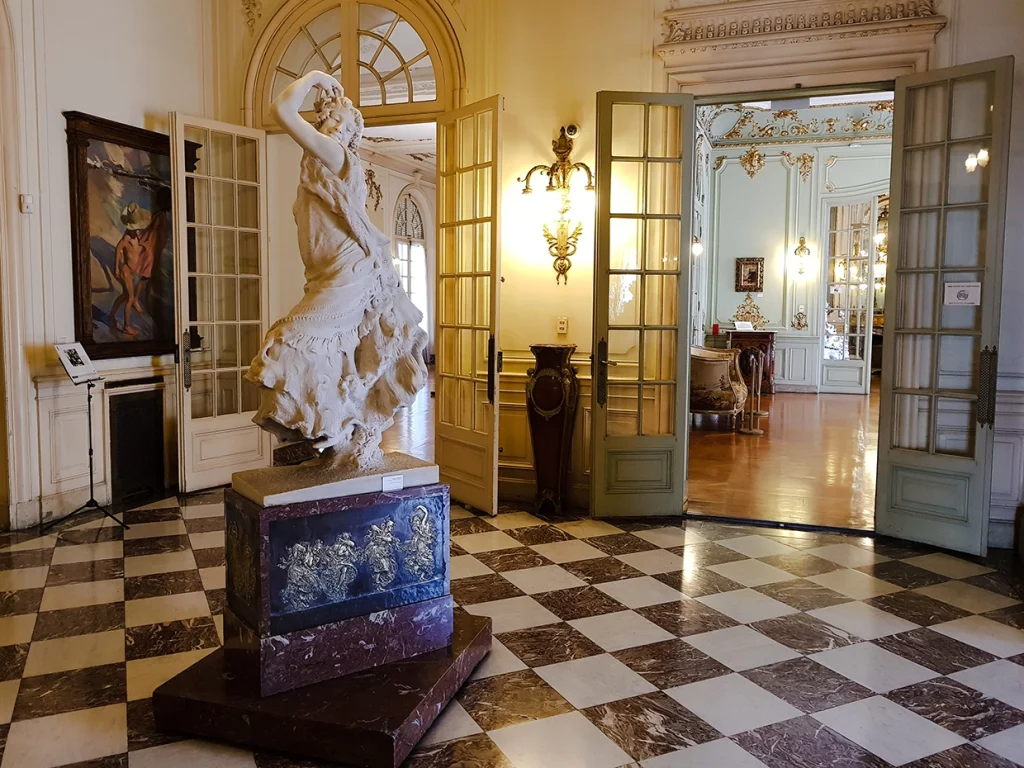
Solis Theater
It is one of the most important and emblematic theaters in Montevideo and Uruguay in general.
There are several reasons why the Teatro Solís may be interesting. It was opened in 1856, which means it has a rich history of more than 150 years. It is a testimony of the cultural and artistic heritage of Uruguay.
Its neoclassical style architecture has been restored and renovated on several occasions. The decoration and design of the theater are impressive and make the visit a unique experience. In addition, the theater offers a wide variety of shows and cultural events, including plays, operas, concerts and ballets, hosting important art and culture festivals in Uruguay.
If you visit Montevideo, you can take a guided tour of the theater.
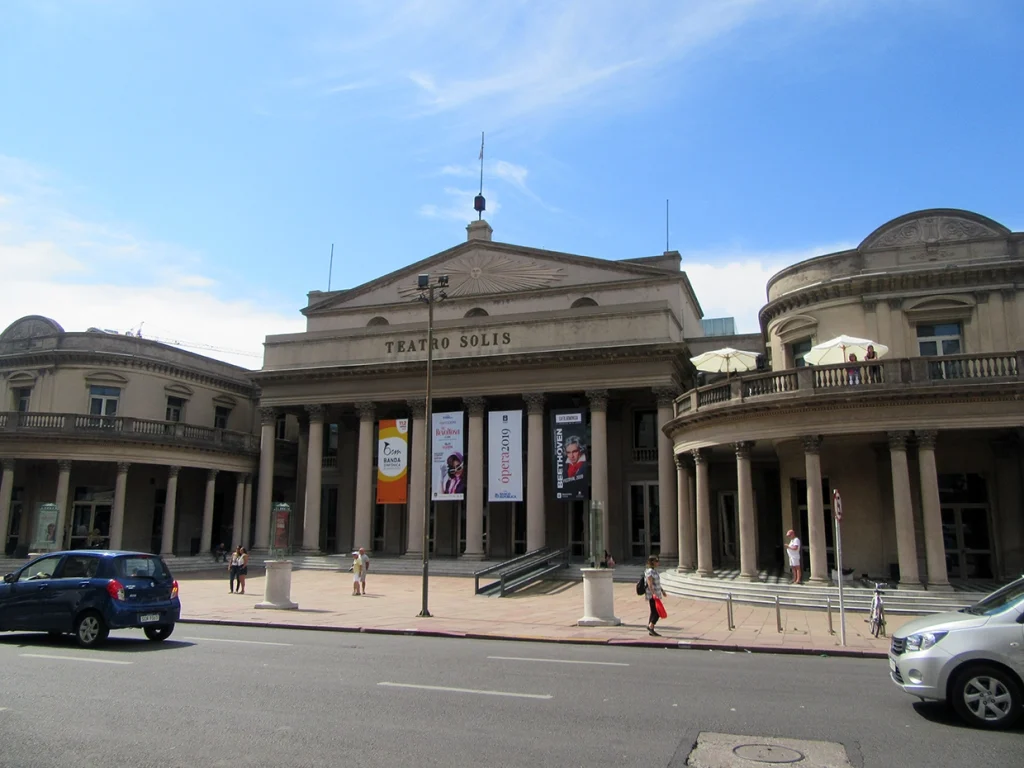
Port Market
In the heart of the Old City, in front of the port promenade we find the Mercado del Puerto, which is one of the most popular places to visit and where you can find a wide variety of restaurants that offer typical Uruguayan food, such as asado.
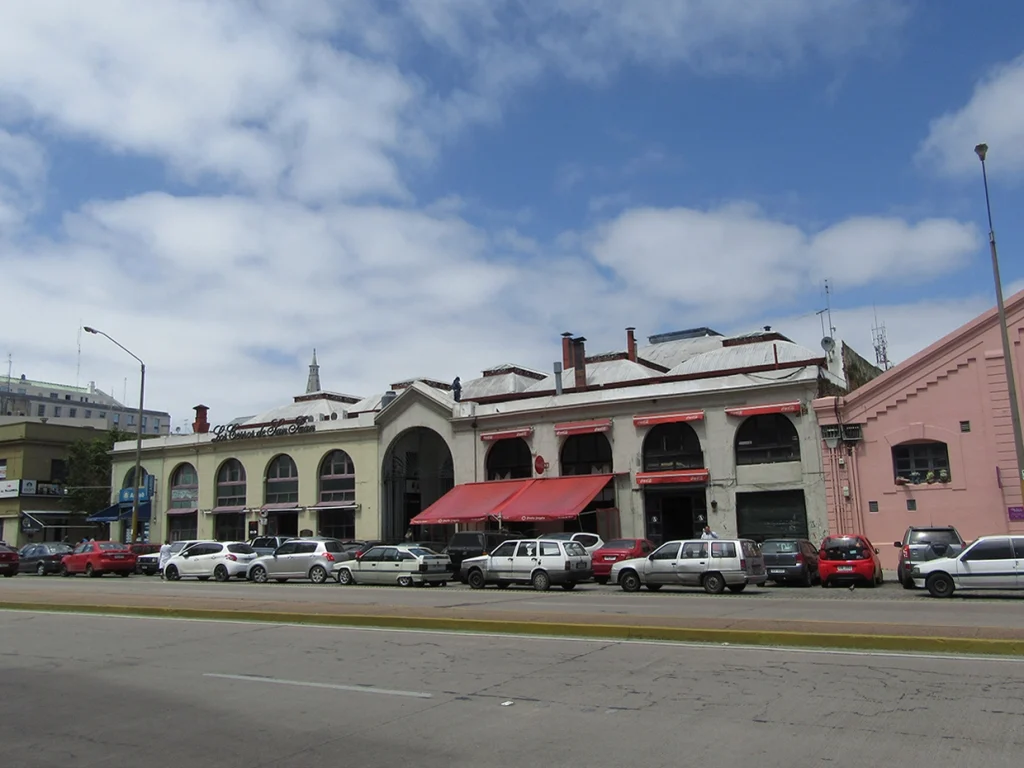
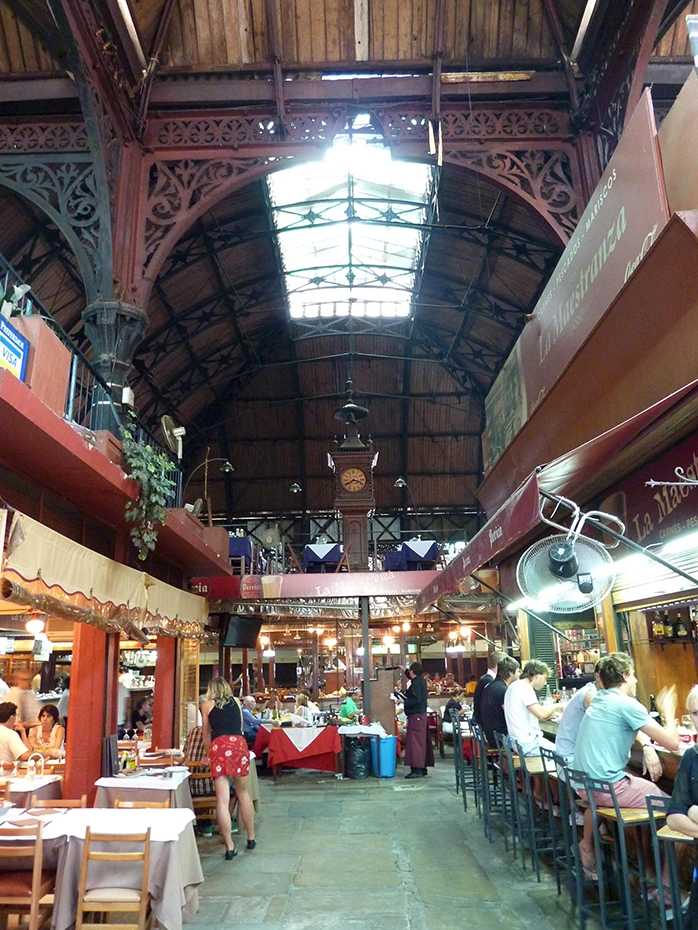
Montevideo Rambla
It is a boardwalk that runs along a large part of the coast of Montevideo, from the Carrasco neighborhood to the Old City. It is an ideal place to walk, play sports, enjoy the beach or simply relax.
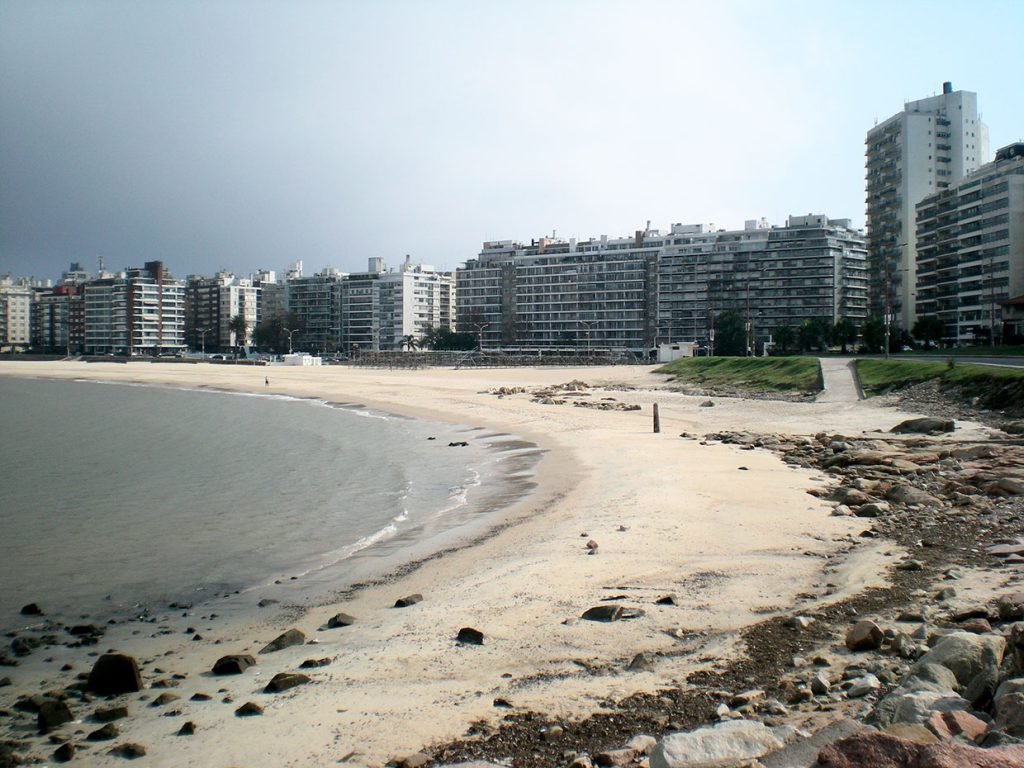
Rodo Park
It is a residential neighborhood around the park of the same name and there you can find the National Museum of Visual Arts. What we recommend is a walk along Ramírez Beach, which is full of bars and grills with views of the Río de la Plata. Rock concerts and performances are organized in the Summer Theater during the summer season.
The park has an artificial lake, children’s games, a craft fair and a wide variety of green spaces to relax and enjoy the outdoors.

Juan Manuel Blanes Municipal Museum of Fine Arts
It is one of the main art museums in Uruguay. It is located in the Parque Rodó neighborhood and is named after Juan Manuel Blanes, one of the Uruguayan painters.
The museum is located in a beautiful neoclassical-style mansion dating from the 19th century and houses an important collection of Uruguayan and Latin American art, including paintings, sculptures and engravings.
The museum features a significant selection of works by Juan Manuel Blanes himself, including his most famous painting “The Proclamation of Independence” and other portraits and historical scenes.
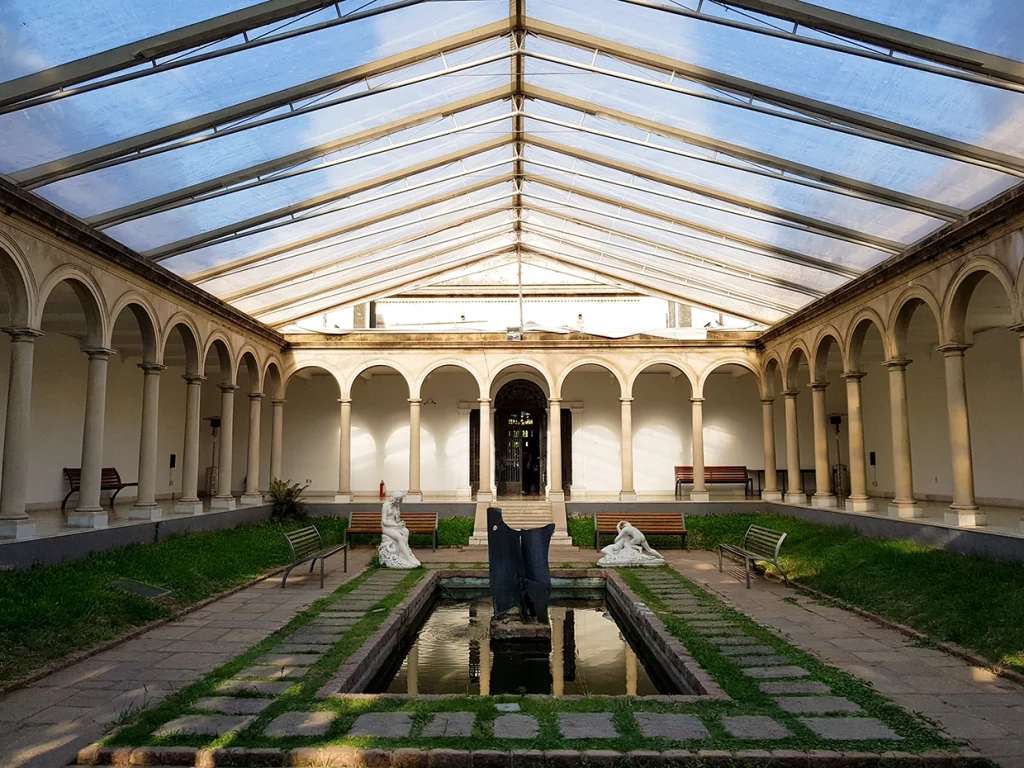
Municipal Museum of Fine Arts
Centenario Stadium
Built to host the World Cup in 1930, its name is due to the celebration of the 100th anniversary of the first Constitution of Uruguay. Stadium is famous for having hosted 10 World Cup matches, including the final between Uruguay and Argentina which Uruguay won 4 to 2.
If you like to know more about stories about its construction and great classics made in the stadium, we recommend visiting its Museum. In 1983 the International Federation of Football Association (FIFA) declared the Centenario Stadium a Historical Monument of World Football.
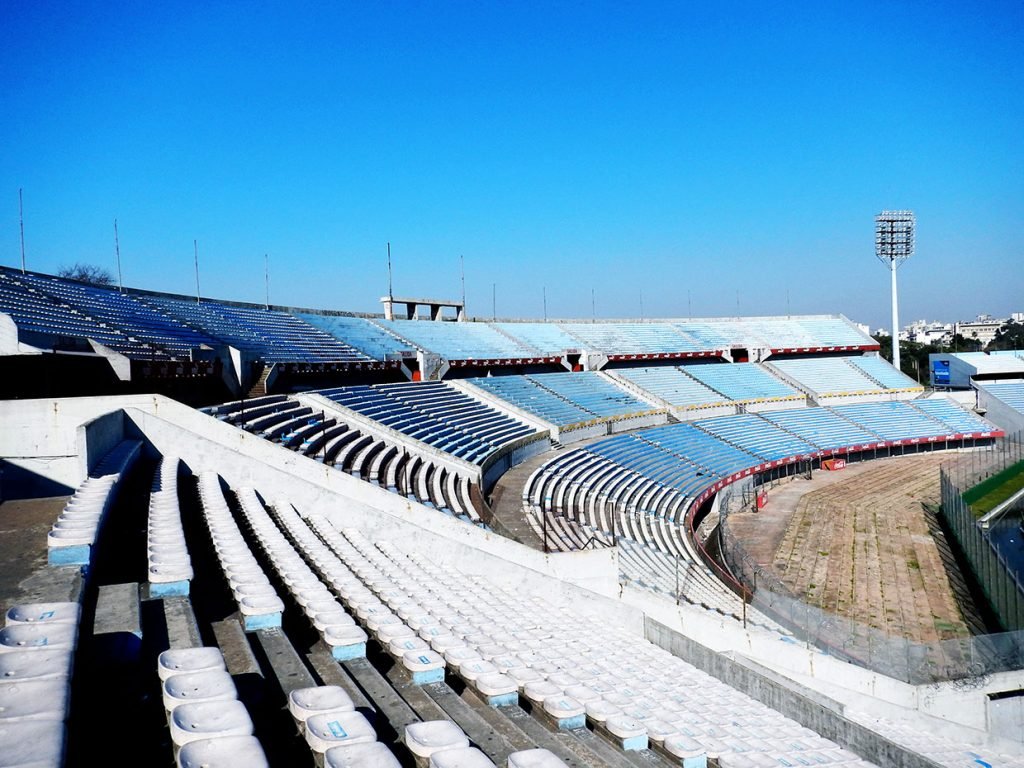
Reus neighborhood
It is the name by which Villa Muñoz is also known and it is very close to the city center. A considerable part of the European Jewish immigration of the first quarter of the 20th century made their homes there. With the settlement, retail and wholesale stores emerged that became a sign of pride and identity of the neighborhood, which is why a large part of the population refers to the area as the Jewish neighborhood.
The area has a significant history within the city, since Dr. Emilio Reus built a picturesque set of houses and buildings that still exists today.

Prado neighborhood
It is one of the most elegant and picturesque neighborhoods in Montevideo. It is located northwest of the city center and is worth visiting and enjoying its streets, parks, squares and cultural attractions.
Botanical Garden
The Montevideo Botanical Garden is located in the heart of the Prado neighborhood and is a charming place to take a walk among a wide variety of plants and flowers. The Rose Garden, with its collection of roses, is especially beautiful during the flowering season.
Prado Rose Garden
Also known as the Juana de Ibarbourou Rose Garden, it is located adjacent to the Botanical Garden. It is the work of the French landscape designer Carlos Racine and the architects Eugenio Baroffio and Juan Scasso. It was started from twelve thousand rose bushes brought from France in 1912. Currently it has more than three hundred varieties of ancient and modern roses.
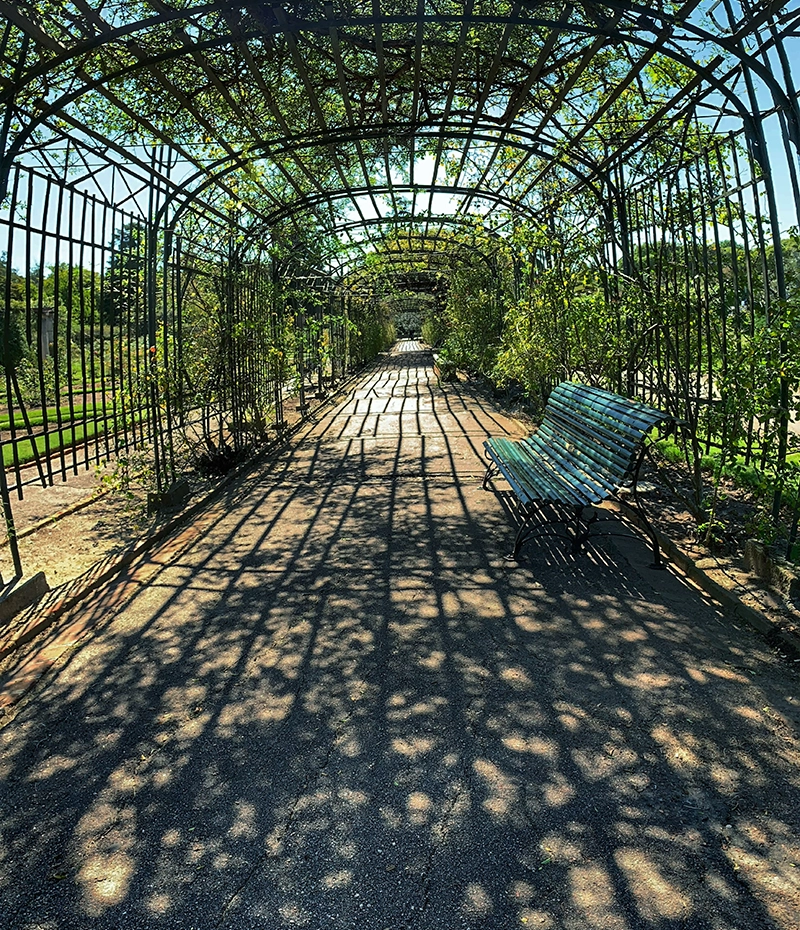
Soneira Castle
Also known as the Soneira Country House, it is one of Montevideo’s architectural landmarks, located in the Prado neighborhood at 3781 Avenida Suárez. Built in 1861 by the commission of Dorotea Villademoros, a descendant of a noble Galician family, and her husband Francisco Antonio Nicolás Soneira y Aguiar, it reflects the elegance and grandeur of its era.
Originally designed by French architect Víctor Rabú, the castle features a neo-Gothic style with influences from Elizabethan Gothic architecture. Between 1912 and 1914, architect Camille Gardelle carried out a comprehensive renovation, incorporating high-quality materials imported from Europe, such as Carrara marble, Venetian stained glass, and Slovenian oak for the staircases. Ornamental details like pointed arches, pinnacles, and an attic that served as a sculpture studio for Federico Soneira—Dorotea’s son and a renowned sculptor—were also added.
The castle is surrounded by a large park where original species are preserved, including an impressive collection of pindó palm trees. Inside, there are six marble sculptures created by Federico Soneira.
In 2009, due to high maintenance costs, the castle was acquired by Colegio San Pablo, an educational institution affiliated with the Lutheran University of Brazil. Although it is not open to the general public, the building is preserved as a historic monument and used for educational activities. Visitors can admire its imposing façade and gardens from the outside while taking a walk through the picturesque Prado neighborhood.
For more information about visiting hours or special events, it is recommended to check the official website of Colegio San Pablo or contact them directly.
Prado neighborhood
Vaz Ferreira’s country house
Located in the charming Atahualpa neighborhood of Montevideo, this site is brimming with historical and cultural significance—a must-visit for anyone interested in history, philosophy, or architecture.
Built in 1918 by Uruguayan philosopher Carlos Vaz Ferreira and his wife, Elvira Raimondi, the house served as their family residence until 1997. Designed by architect Alberto J. Reboratti, it stands as a remarkable example of the architecture of its time. Inside, it was decorated by the painter Milo Beretta, a collaborator of Pedro Figari, in a regionalist style that remains beautifully preserved to this day.
The garden that surrounds the house was conceived by Vaz Ferreira and his wife as a “wild and unkempt” space, respecting the original vegetation and incorporating both native and exotic plant species. This design reflects their deep love for nature and their desire to live in harmony with it.
Today, the house is home to the National Academy of Sciences and has been transformed into a site museum that houses manuscripts, a library of 2,000 volumes, and a phonotheque of classical music.
The Quinta opens its doors to the public on special occasions, such as Heritage Day, offering guided tours and cultural activities. It’s a good idea to check the official website, www.quintavazferreira.org.uy, for up-to-date information on schedules and events.
So, is it worth a visit? Absolutely! The Quinta Vaz Ferreira promises a unique experience for anyone eager to explore Uruguay’s intellectual history, admire well-preserved architecture, and stroll through a garden that invites quiet reflection and the simple joys of nature.
Punta Carretas
Zorrilla Museum
Located in the former summer home of the poet Juan Zorrilla de San Martín, this museum houses documents, furniture, and personal belongings of the writer. It also features a temporary exhibition room where art shows, concerts, and other cultural activities are held.
Parish of Punta Carretas
Built between 1917 and 1927, this neo-Romanesque church stands out for its tower and its German organ from 1954. It has been the venue for numerous organ festivals and is a landmark in the area.
Punta Brava Lighthouse
Constructed in 1876, this 19-meter tall lighthouse offers panoramic views of the Río de la Plata. It’s an ideal spot for a stroll and to enjoy the sunset.
Montevideo Rambla
Punta Carretas is part of the Rambla, an extensive coastal promenade perfect for walking, biking, or simply relaxing by the sea.
Holocaust Memorial of the Jewish People
Inaugurated in 1994, this pink granite monument pays tribute to the victims of the Holocaust. It is located along Presidente Wilson Rambla and serves as a place for reflection and historical memory.
Local Gastronomy
The area boasts a wide range of dining options—from traditional parrillas (grill houses) to international cuisine, including cafés and bars with sea views.
Additionally, housed in the former Punta Carretas Penitentiary building, the Punta Carretas Shopping Mall offers a great variety of shops, restaurants, and cinemas. It’s a prime example of how a historic space was transformed into a modern shopping center.

Montevideo offers you beaches, museums, events, theaters, carnival, tango, candombe and mate… and it is a city to enjoy at any time of the year.


